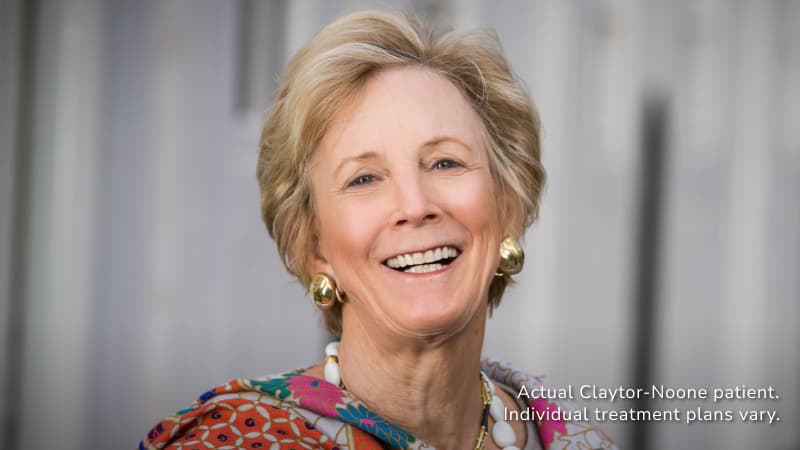LaMiNa: Nanofat Microneedling with Laser Skin Resurfacing
In the ever-evolving world of aesthetic medicine, LaMiNa has emerged as a powerful solution to rejuvenate the skin without the need for invasive surgery. This innovative facial aging treatment is a combination of nanofat microneedling and laser skin resurfacing using CO2 lasering.
Board-certified plastic surgeon Dr. R. Brannon Claytor pioneered LaMiNa himself, stemming from his research showing that this treatment combination achieves faster, more robust results than use of microneedling or CO2 lasers alone. Now, he offers LaMiNa to patients at our Philadelphia plastic surgery practice.
What is Nanofat Microneedling with Laser Skin Resurfacing, or LaMiNa?
Nanofat Microneedling combined with Laser Skin Resurfacing is a set of non-surgical treatments aimed at improving the texture and appearance of your skin. This technique marries the collagen-stimulating properties of microneedling with the regenerative benefits of nanofat grafting and the precision of CO2 laser resurfacing, which is where we get the name LaMiNa (lasering, microneedling, nanofat). This multifaceted approach is designed to offer an efficient, customizable, and comprehensive facial rejuvenation solution.
Dr. R. Brannon Claytor leads the study on LaMiNa
In March 2023, Dr. Claytor published his LaMiNa research in the Aesthetic Surgery Journal Open Forum under the title, LaMiNa: A Creative Synergistic Approach to Facial Rejuvenation. In this study, patients underwent the triple therapy with CO2 lasering followed by microneedling and application of autologous nanofat. These patients gladly reported that they did not feel pain following the treatments. They also enjoyed a rapid recovery within an average of 5 days.
LaMiNa is a game-changer for patients in need of an efficient, effective non-surgical anti-aging option, as treatment is quick and easy for the patient, yet still offers impressive results when it comes to reducing the appearance of perioral wrinkles and other signs of aging.
—Dr. Claytor
LaMiNa is revolutionary because it allows the surgeon to combine CO2 laser and microneedling safely: applying a patient’s own nanofat accelerates healing, minimizes inflammation, and reduces discomfort. Read the full research study here »
Dr. R. Brannon Claytor
Dr. Claytor is board certified by the American Board of Plastic Surgery and holds over 20 years of experience as a cosmetic plastic surgeon. An innovator and teacher in the field of plastic surgery, he uses advanced techniques like the drain-free tummy tuck and deep plane facelift to streamline recovery and provide natural-looking, durable results.
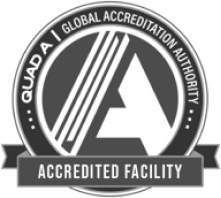
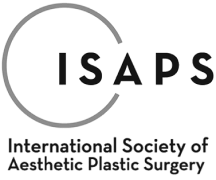
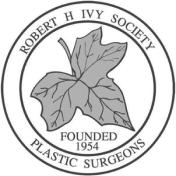
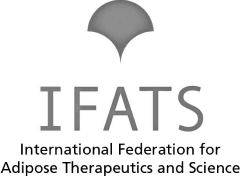
How does the procedure work?
Laser skin resurfacing
Laser skin resurfacing powerfully combats skin irregularities. In LaMiNa, a CO2 laser uses an intense, controlled beam of light to remove the outermost layer of skin (the epidermis). This is done at a level of up to 2-3mm to ablate the tissue and cause thermal injury channels within the underlying skin (dermis). Heat from the laser also encourages new collagen fibers to grow. As the treated area heals, it reveals smoother, tighter, and more youthful-looking skin.
Microneedling
As men and women, we want to age gracefully, and it’s pretty common to want to improve skin texture and reduce the appearance of fine lines and wrinkles. Microneedling helps do just this! It works by creating microscopic punctures in the skin, which triggers the body’s natural healing process and stimulates the production of collagen and elastin—the building blocks of firm, youthful skin. In a LaMiNa treatment, Dr. Claytor uses the SkinPen to microneedle the area up to a depth of 2.5mm to open channels which will allow nano fat to enter. This promotes collagen and elastin genesis and the thickening of the verticular dermis.
Nanofat
Nanofat application enhances microneedling’s effectiveness, providing a unique regenerative property to this anti-aging treatment. A small amount of fat is harvested from your body, processed, and then applied to the treatment area. Rich in regenerative and reparative factors, these cells work in synergy with the collagen induced by microneedling, effectively rejuvenating the skin.
Where does nanofat come from?
Dr. Claytor typically harvests the fat from the patient’s belly or thighs using liposuction. He then mechanically emulsifies the fat through a succession of screens in order to isolate the beneficial cells within the adipose tissue. The nanofat, which helps to speed up recovery and reduce pain, is then applied to the injured skin.
“Words cannot express the comfort I felt from everyone in his office, not to mention that Dr. Claytor called me personally before, during and after my procedure to see how I was doing and if I needed anything. Thank you Dr. Claytor, Emily, Debbie and the rest of the staff for such a professional and comforting experience.”
Benefits of this anti-aging procedure
- Superior results to any one treatment alone: Dr. Claytor’s studies that showed that the combination treatment results were superior to those of any one treatment alone
- Reduced perioral wrinkles: This treatment is especially helpful at treating perioral wrinkles (wrinkles around the mouth).
- Speedier healing and recovery: Patients experience expedited healing with the use of autologous nanofat because it fosters a faster reduction of inflammation.
- Reduces wrinkles and enhances skin texture: Laser resurfacing targets superficial imperfections, while nanofat microneedling addresses deeper skin concerns. This dynamic duo results in a more even skin tone, diminished pore size, and a smoother, more youthful skin texture.
- Swift and long-lasting results: The skin’s remodeling process begins as nanofat is introduced and improvements in wrinkles, skin texture, and laxity become apparent early on. The complete healing process takes approximately 1-2 weeks, with ongoing improvements continuing for several months.
Am I a good candidate?
Men and women who are unhappy with the vertical lines above their lips (often called smokers’ lines) and those with wrinkling, marionette lines, deep nasolabial folds, and a dull skin tone can benefit from the LaMiNa treatment. You may also be a good candidate if you’re experiencing:
- Signs of aging
- Vertical lines above your lips (often called smokers’ lines)
- Acne scars
- Uneven skin tone
- Enlarged pores
Often, LaMiNa is done in conjunction with a deep plane facelift, but patients may choose the LaMiNa treatment without other surgical or non-surgical rejuvenation procedures. As with any procedure, Dr. Claytor, will provide a thorough personal consultation to determine if you’re a good candidate for LaMiNa based on your skin type, medical history, and aesthetic goals.
Preparing for the procedure
Consultation with a Philadelphia plastic surgeon
The first step towards your skin transformation journey is a comprehensive consultation. During this meeting, Dr. Claytor will assess your skin’s condition, discuss your concerns, and outline a customized treatment plan. You’ll have the opportunity to ask questions, discuss potential risks, and set realistic expectations for the outcome of your treatments.
- Key Benefits
- Glossary
- More noteworthy results than microneedling, laser, or nanofat used alone
- Minimal discomfort
- Improved skin texture and reduced fine lines and wrinkles
- Brighter skin tone
- Can be combined with facelift or other surgical rejuvenation for more comprehensive, natural-looking results
CO2 Laser Skin Resurfacing: This is a process that uses a carbon dioxide (CO2) laser to remove layers of skin to improve texture and appearance.
Nanofat: Nanofat refers to emulsified fat that is mechanically processed to extract cells and growth factors. It is used for its regenerative properties.
Collagen Induction Therapy (CIT): Also known as microneedling RF or skin needling, it’s a process that aims to stimulate the production of collagen in the skin.
Microneedling: A procedure that involves using fine needles to create hundreds of tiny, controlled punctures in the skin’s surface.
RF microneedling: Combined microneedling with radiofrequency (RF) energy to stimulate deeper collagen remodeling for enhanced skin tightening and firmness after treatment.
Ablative Lasers: These are lasers designed to remove the outer layer of skin by vaporizing it.
Non-Ablative Lasers: Unlike ablative lasers, these lasers work by heating up the underlying skin tissue (without harming the surface) to stimulate collagen growth.
Epidermis: The outer layer of the skin.
Dermis: The thick layer of living tissue below the epidermis that forms the true skin, containing blood capillaries, nerve endings, sweat glands, hair follicles, and other structures.
Fractional Laser: A type of laser treatment that removes fractions of the skin’s surface, leaving the surrounding area intact for faster healing.
Photorejuvenation: A skin treatment that uses lasers, intense pulsed light, or photodynamic therapy to treat skin conditions and remove effects of photoaging such as wrinkles, spots, and textures.
Photothermal Damage: Damage that occurs due to the absorption of light energy and its conversion to thermal energy, leading to heating and eventual cell death in the targeted tissue.
Regenerative Medicine: A branch of medicine that develops methods to regrow, repair or replace damaged or diseased cells, organs or tissues.
What to expect during the procedure
Anesthesia options
At Claytor Noone Plastic Surgery, we highly value our patients’ safety and comfort during any surgery or treatment. Depending on the extent of your LaMiNa treatment, local or topical anesthesia may be used to make you more comfortable. We’ll discuss all your anesthesia options during your consultation to make sure that you’re fully informed and comfortable with your choice.
An overview of the procedure: Laser Resurfacing + Microneedling with Nanofat
The procedure will begin with the laser skin resurfacing using an ablative laser. This laser precisely removes the skin’s outer layer while heating the underlying skin to stimulate collagen production and skin rejuvenation. After CO2 applications, Dr. Claytor performs SkinPen microneedling on the treated areas. Then a small amount of fat is extracted using a thin cannula from a part of your body (usually the abdomen or thighs), using liposuction. The extracted fat is then processed into nanofat, a liquid rich in regenerative cells. This nanofat is applied to the treated skin and microneedling is repeated to allow optimal absorption of the nanofat into the epidermis.
Recovery
Overall the procedure takes 1.5 hours and patients can immediately resume most daily activities. We’ll provide comprehensive post-procedure care instructions, including how to properly clean and care for your treated skin to promote optimal healing.
Potential risks
Like any cosmetic procedure, LaMiNa carries some risks, including infection, swelling, scarring, and changes in skin color. However, these risks are minimal when the procedure is performed by a skilled and experienced plastic surgeon, like Dr. Claytor. We will, of course, discuss potential risks during your consultation and welcome you to ask any questions and voice any concerns you may have. We are here to help educate you about these treatments and make sure you feel confident in getting them.
Results
Patients can expect to see improvements in skin texture, tone, and clarity within weeks of the procedure. Studies have shown significant improvement in the reduction of wrinkles, fine lines, and acne scars, alongside enhanced skin elasticity and radiance.
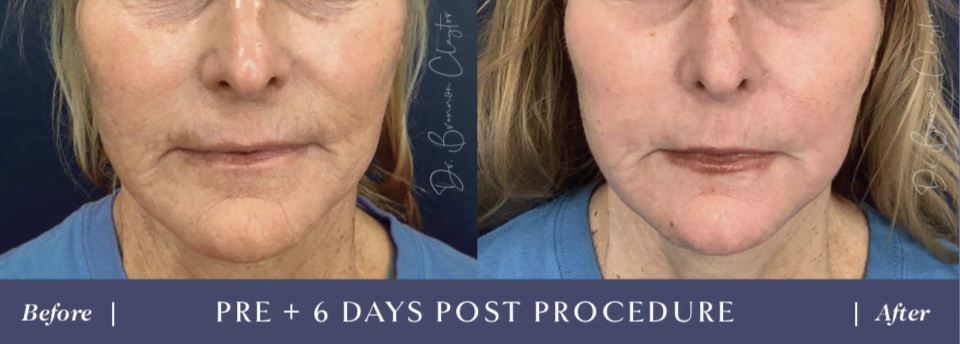
Cost and financing options
The cost of Nanofat Microneedling with Laser Skin Resurfacing varies depending on the individual needs and the extent of the treatment area. We offer competitive pricing and various financing options to make this transformative procedure accessible for everyone. Learn more about patient financing options →
Can I combine this procedure with other treatments?
Complementary surgical procedures
This procedure can be combined with other surgical treatments, such as facelifts and deep plane facelifts, brow lifts, neck lifts, facial fat grafting, and eyelid surgeries, to provide comprehensive facial rejuvenation.
Complementary non-surgical treatments
Though we wouldn’t perform these during the same procedure, we also offer a full range of non-surgical skin and laser treatments that can help you achieve specific results, including chemical peels, Hydrafacial, Botox and Dysport, RHA fillers and other dermal fillers.
Choosing a board-certified plastic surgeon for anti-aging treatments
Choosing a board-certified plastic surgeon offers peace of mind that your procedure is performed by a doctor who has undergone extensive training, passed rigorous examinations, and adheres to a strict code of medical ethics. Dr. Claytor is proud to offer this expertise as an advocate for your patient safety, quality of care, and patient satisfaction. With detailed knowledge about facial anatomy and continual training in the most advanced surgical techniques, patients travel from all over to work with Dr. Claytor and enjoy exceptional results.
Frequently Asked Questions about LaMiNaWhy choose Dr. Claytor for your plastic surgeon?
Double Board-Certified for a high level of safety and precision
Chief of Plastic Surgery at Main Line Health, a top health system
Board Member of The Aesthetic Society, shaping the future of aesthetics
8x Philadelphia Magazine Top Doctor for exceptional patient care
Recognized as one of America’s Best Plastic Surgeons by Newsweek
Drain-free recovery expert for faster, more comfortable healing
Deep plane facelift innovator and global educator
Active researcher in surgical and non-surgical aesthetic advancements
Highly regarded for his surgical expertise and outcomes, as well as his dedicated follow-up care

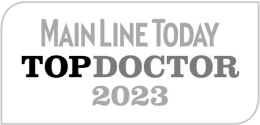

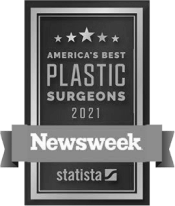
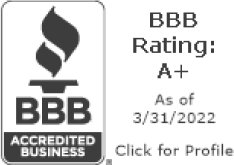
LaMiNa offers a promising solution for those seeking a more youthful, vibrant complexion, with unprecedented results and less downtime. As a board-certified plastic surgeon, Dr. Claytor is here to guide you through your skin rejuvenation journey with care and expertise. If you would like to see if you are a good candidate, contact our Bryn Mawr office at (610) 527-4833 to schedule a consultation.
References »
Claytor RB, Sheck C, Jones I, Quigley R. LaMiNa: A Creative Synergistic Approach to Facial Rejuvenation. Aesthetic Surgery Journal Open Forum. 2023 Mar 27;5:ojad028. doi: 10.1093/asjof/ojad028.
Tonnard P, Verpaele A, Carvas M. Fat Grafting for Facial Rejuvenation with Nanofat Grafts. Clinics in Plastic Surgery. 2020 Jan;47(1):53-62. doi: 10.1016/j.cps.2019.08.006.
Kleidona IA, Karypidis D, Lowe N, Myers S, Ghanem A. Fractional radiofrequency in the treatment of skin aging: an evidence-based treatment protocol. Journal of Cosmetic and Laser Therapy. 2020;22(1):9-25. doi: 10.1080/14764172.2019.1674448.
Mehta-Ambalal SR. Neocollagenesis and Neoelastinogenesis: From the Laboratory to the Clinic. Journal of Cutaneous and Aesthetic Surgery. 2016 Jul-Sep;9(3):145-151. doi: 10.4103/0974-2077.191645.
Areas Served:
- Bryn Mawr
- Philadelphia
- Main Line
- Villanova
- Haverford
- Delaware
- New Jersey

Medically reviewed by Dr. R. Brannon Claytor — Updated on Oct 26, 2024
